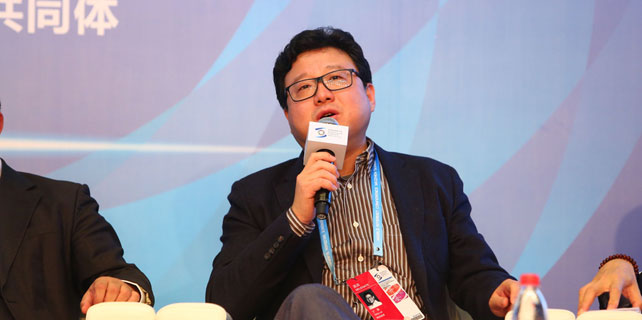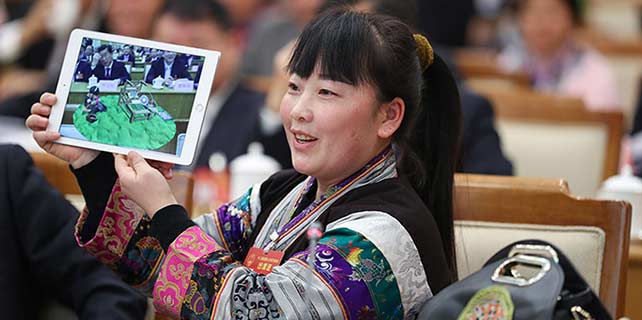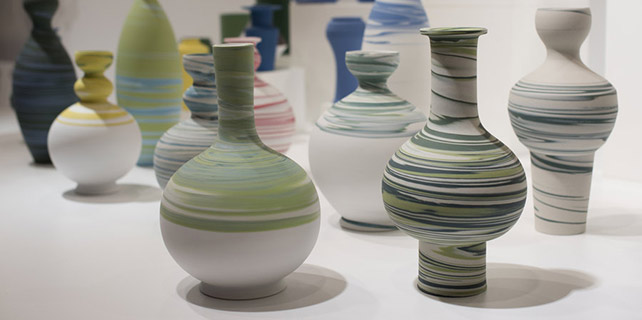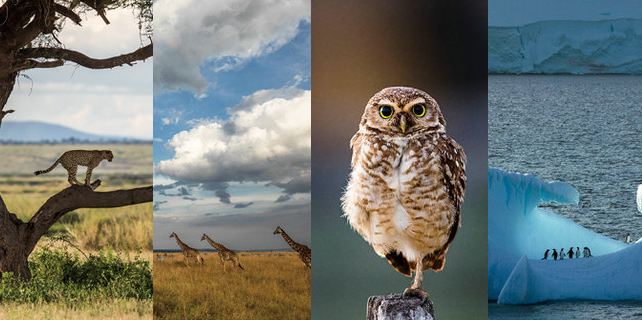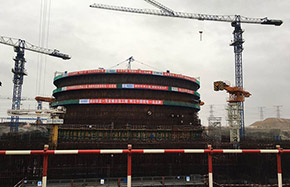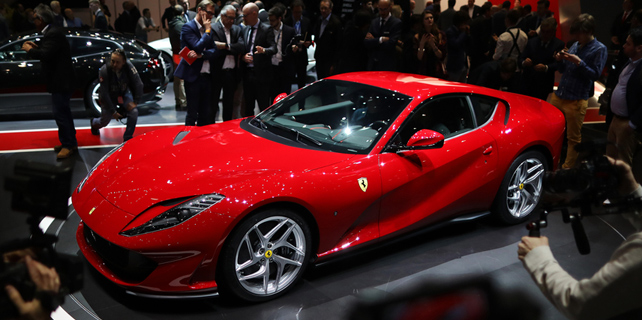Asian art week kicks off with largest lineup
Asia Week New York, the twice-annual art festival that celebrates Asian art and draws collectors from all over the world, kicks off today, the biggest ever with 50 world-renowned international galleries and five auction houses participating.
Privately curated exhibitions of Asian art will be presented through March 18 in the city, including Chinese ceramics, paintings, sculptures and bronzes.
Thirteen galleries have been added to the roster this year, and US galleries like J.J. Lally & Co, Kaikodo LLC, China 2000 Fine Art will feature ancient and contemporary Chinese art. Christie's, Sotheby's, Bonham's, Doyle and iGavel will be holding auctions.

"Asia Week New York is nothing less than an absolute must-attend destination for not only the trade, but for all serious and dedicated collectors, museum curators, interior designers and all Asian art lovers," said Lark Mason, chairman of Asia Week New York, in a statement.
At Asia Week last year, sales were affected by the seizure of eight items from dealers who were raided as part of a crackdown on antiquities smuggling.
At J.J. Lally & Co in midtown Manhattan, two dozen pieces of Buddhist art from China will be on sale, and a painted sandstone head of Vimalakirti - a central figure of Mahayana Buddhism - is one of the highlights at the gallery specializing in Chinese art. The rare stone head is from the Yungang Buddhist Cave Temples in Shanxi province and dates back to the Northern Wei Dynasty (465-494).
James Lally, founder of J.J. Lally & Co and former director of Chinese art at Sotheby's, said that nearly half the gallery's exhibition has been sold ahead of the opening of Asia Week, with interest coming evenly from the Chinese mainland and the US.
"Many more [buyers] are expected to come this weekend when people are in town to view the auctions and all the galleries around town," Lally said. "The feedback has been very strong for the gilt bronze pieces, and we also spoke to a couple of museums who have agreed to buy pieces in the exhibition, so we're feeling very confident."
Lally said buyers are more selective and careful in light of a slowdown in the art market but that there is still strong demand for items at the top of the market "where you can look someone in the eye and say, 'This is the best of its kind and you're not going to see another one.' There's certainly enough money around to buy these things."
But given that Buddhist sculpture is not the segment of the market that draws sales comparable to the higher end of the market, Lally said he's still seeing good response from potential buyers.
"However excited we become about the topic of Buddhist sculpture, it's not the kind of money that's being spent on an Impressionist painting. It's a very accessible market and we've had very good response," he said.
Carol Conover, director of the Kaikodo gallery on the Upper East Side, said that Chinese paintings - the gallery's focus for Asia Week, in addition to other Asian artworks - are still in high demand despite the slowdown, so she expects her Asia Week selection to sell well, which includes a 9-foot hanging scroll painting from Ye Shuangshi from the later 15th to 16th century.
"There are very, very few dealers that sell Chinese paintings, so the interest in that is still very strong," she said.
amyhe@chinadailyusa.com







